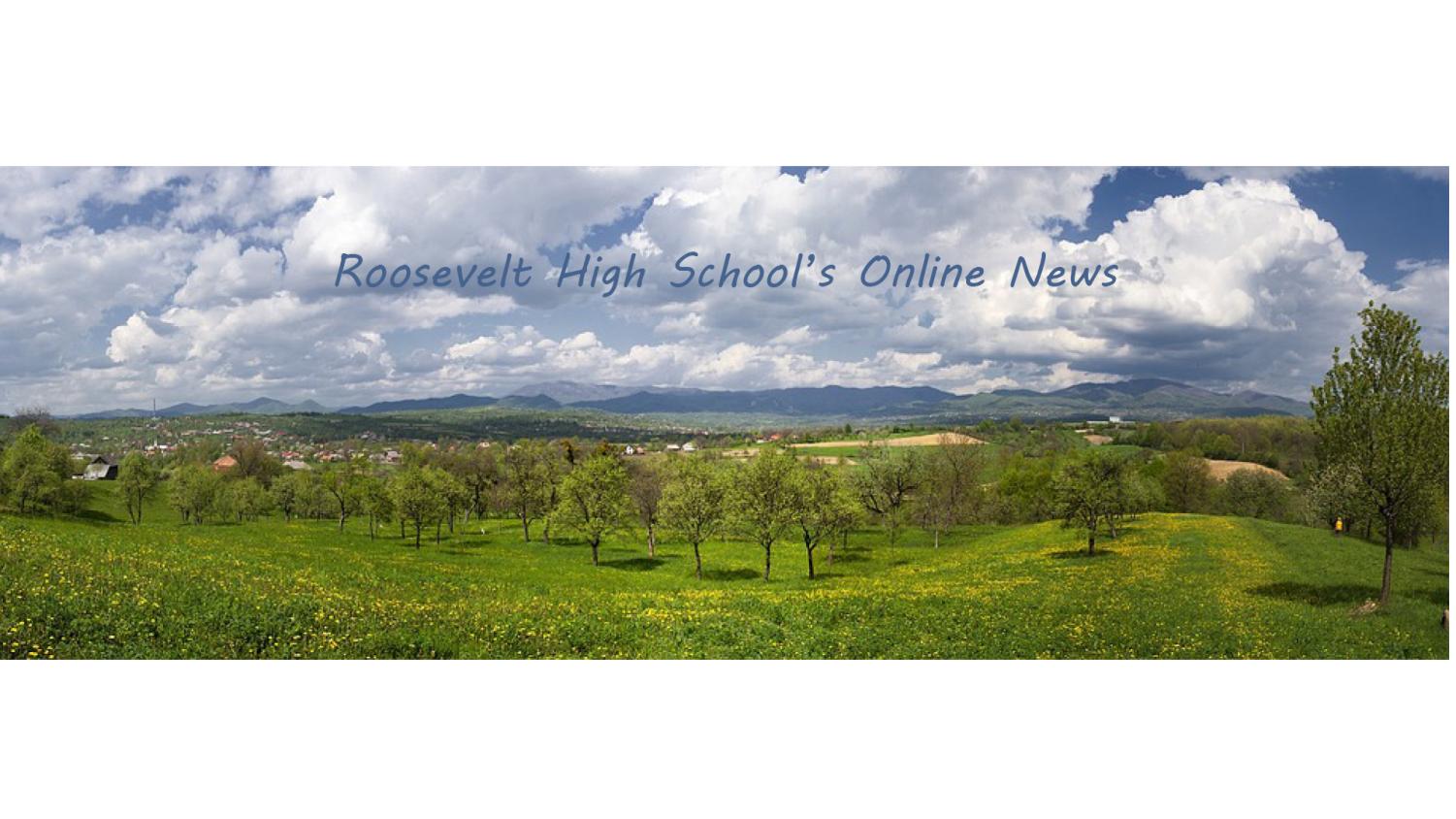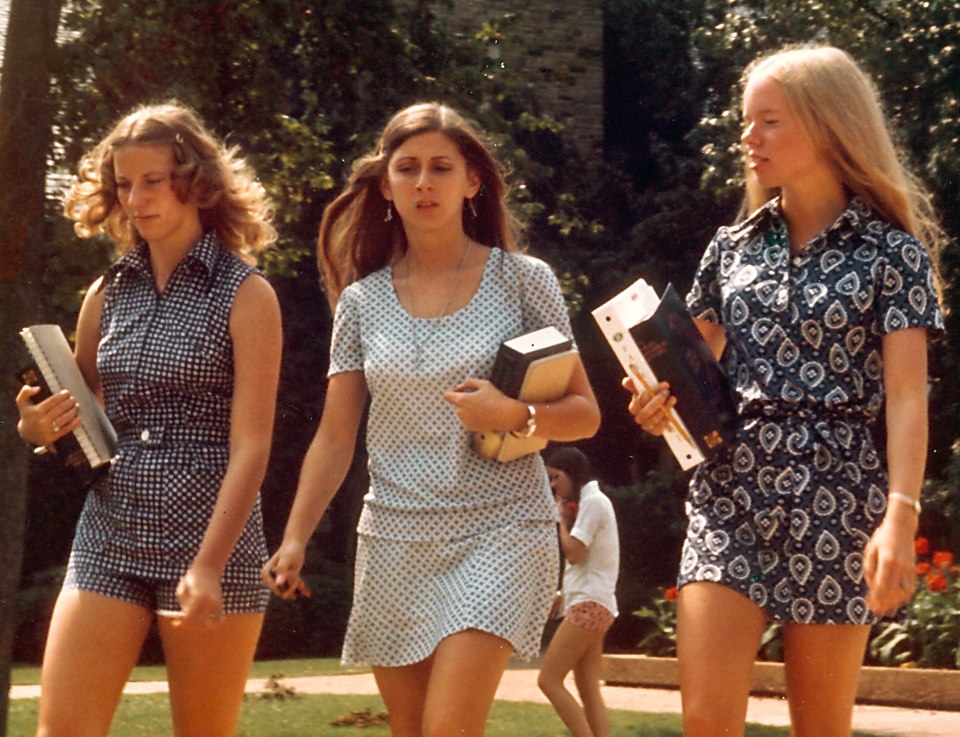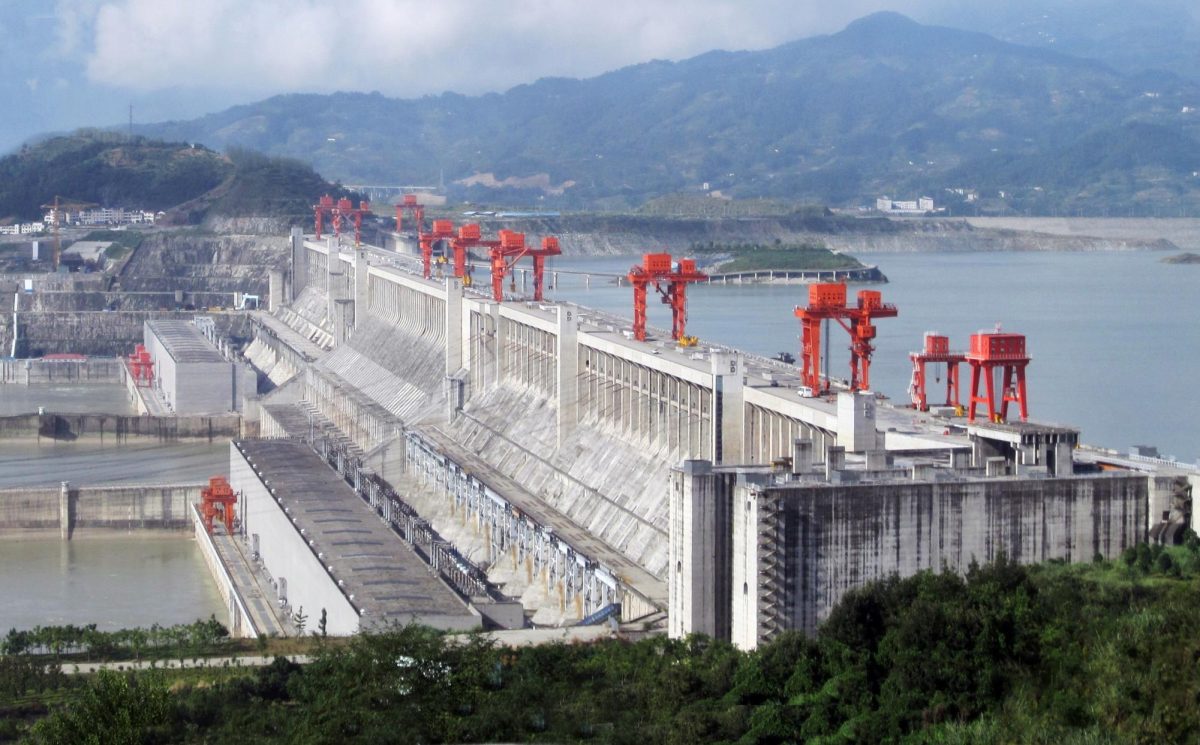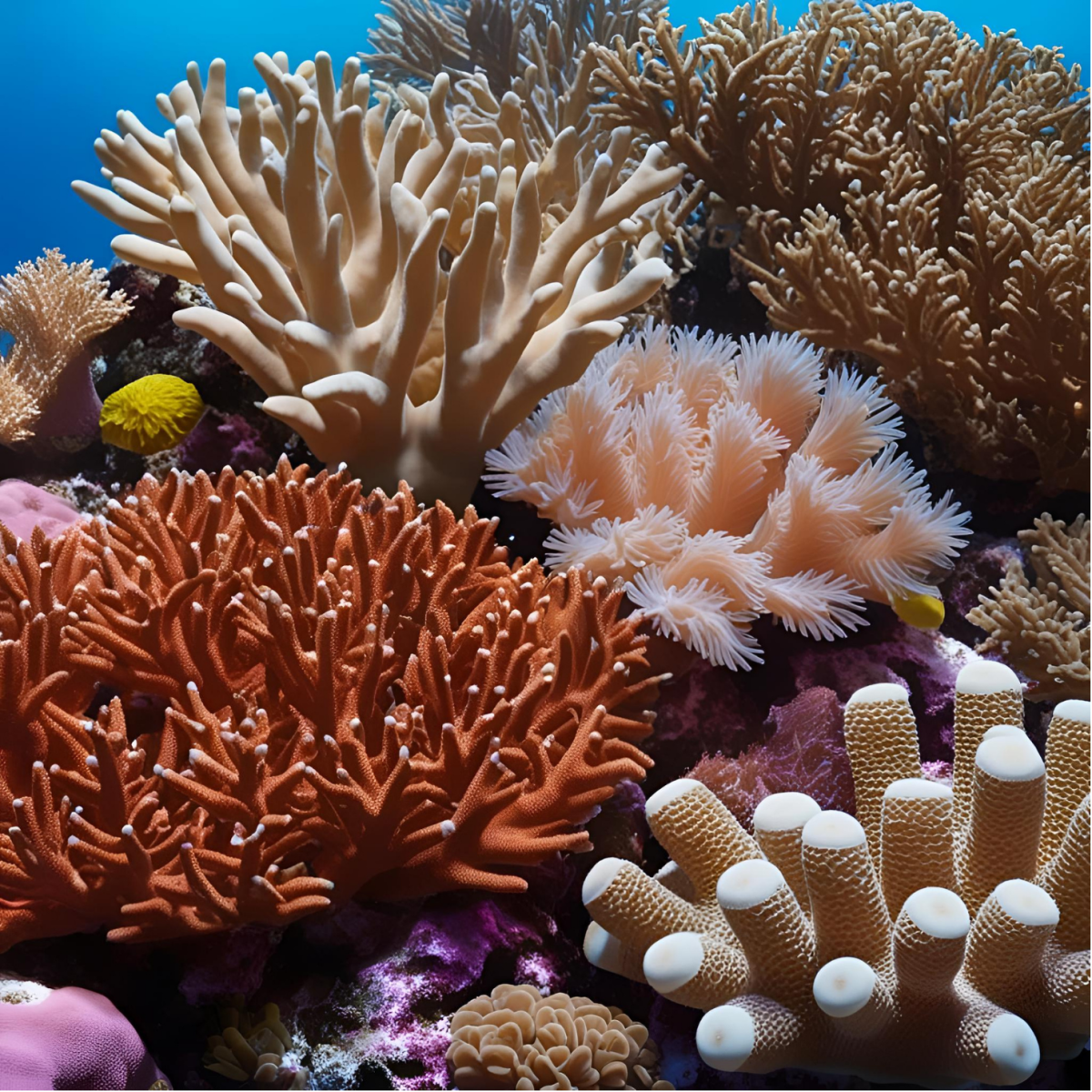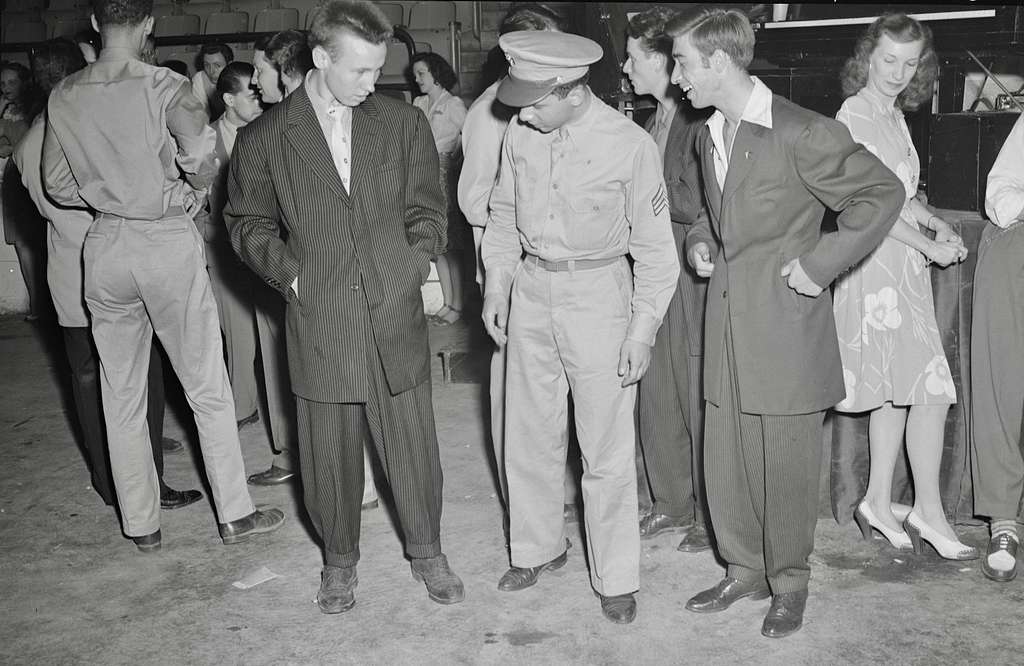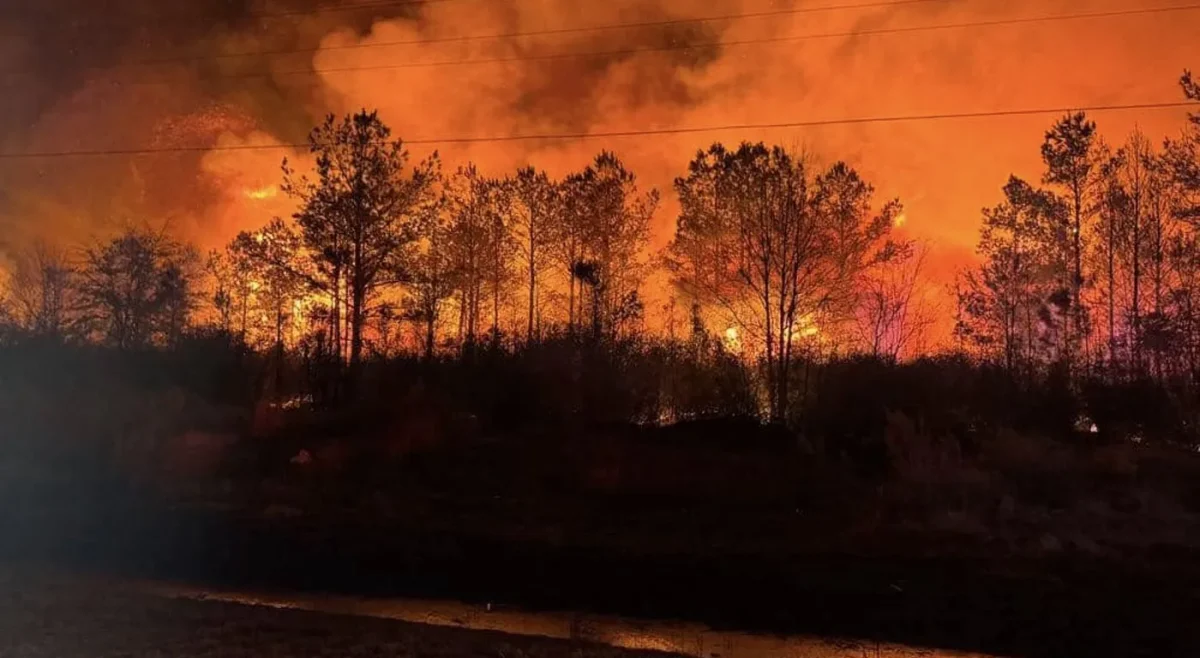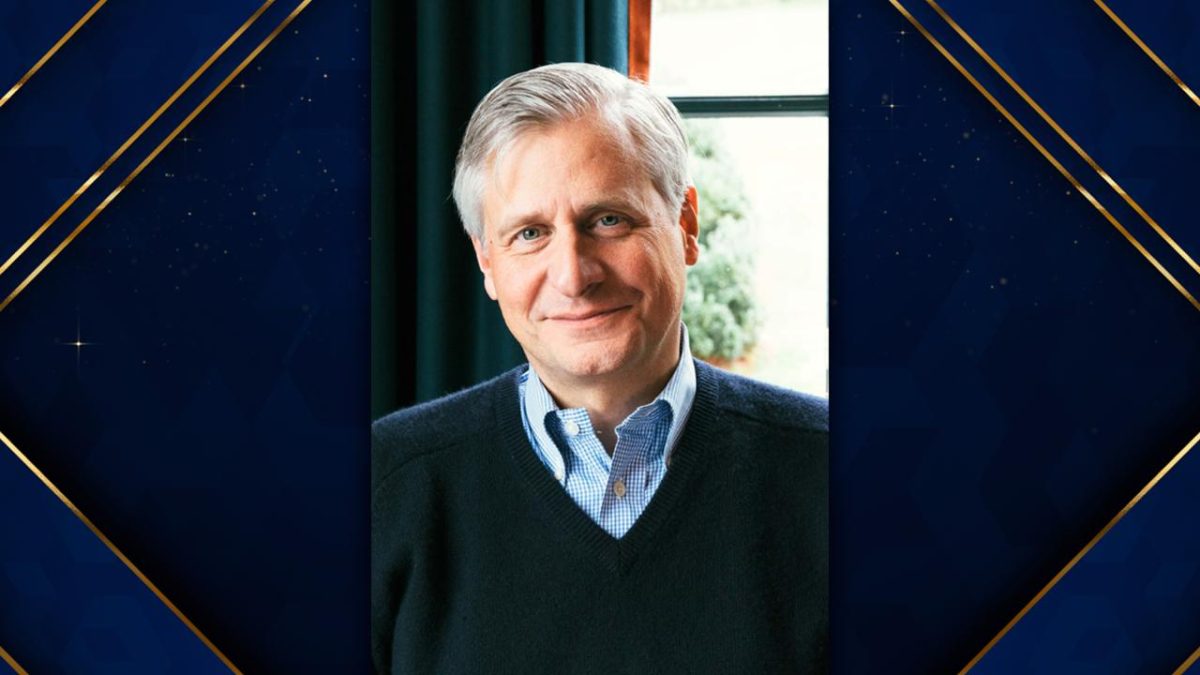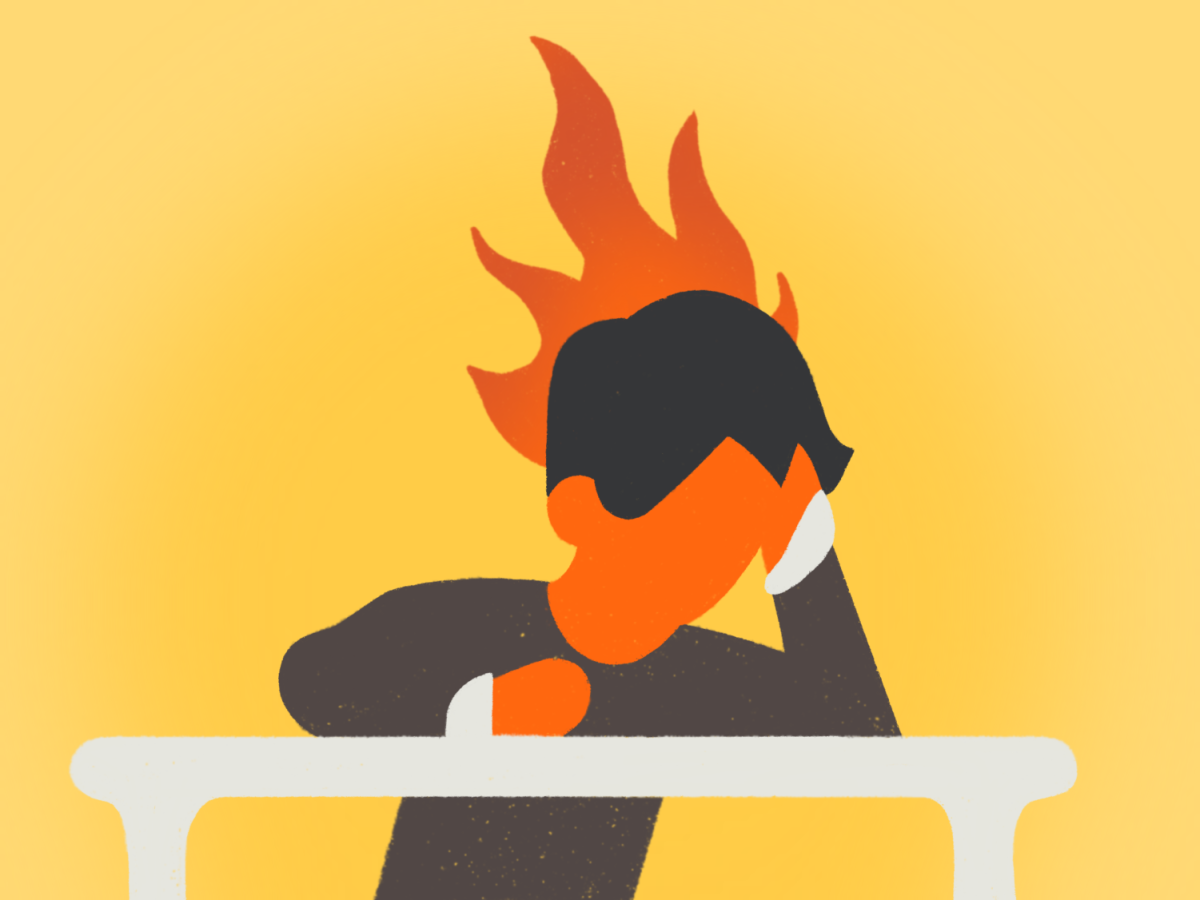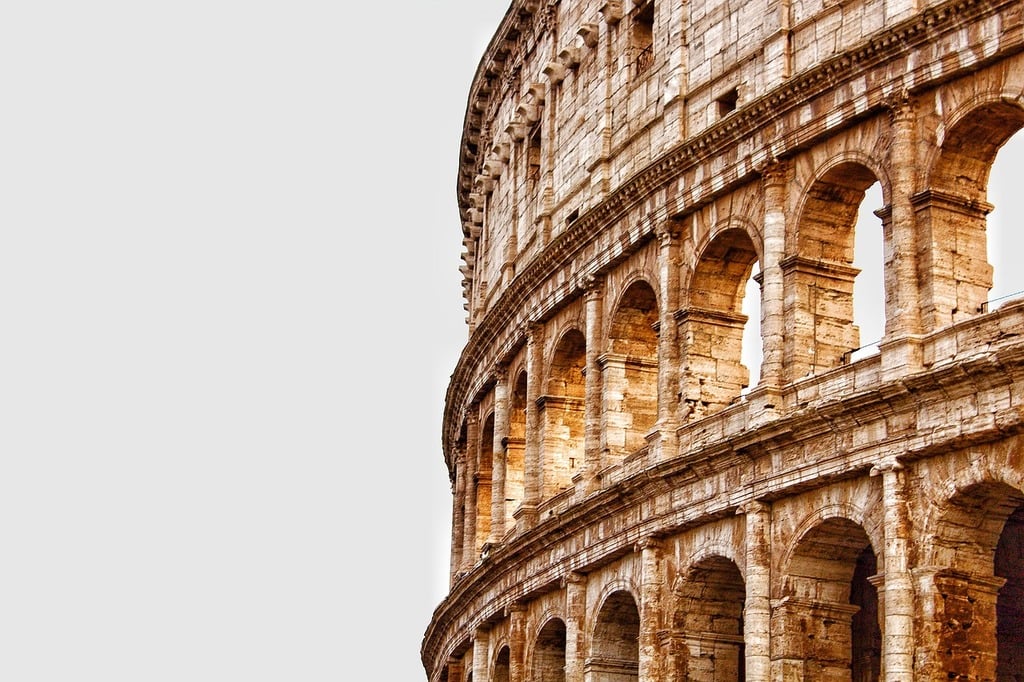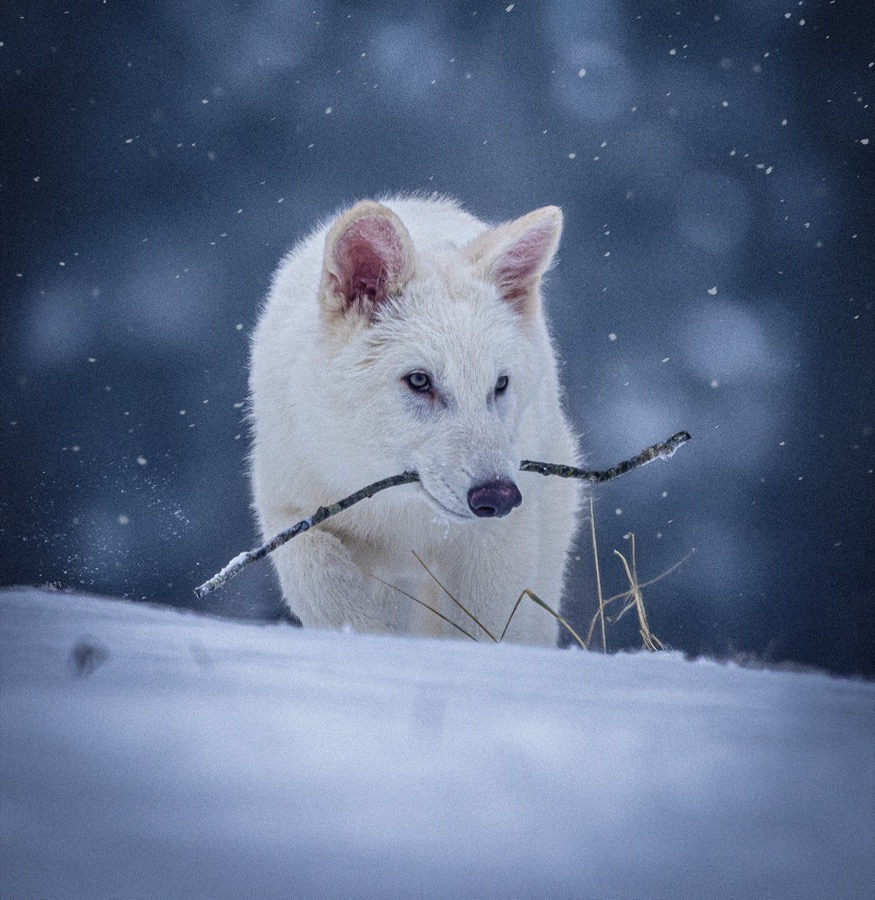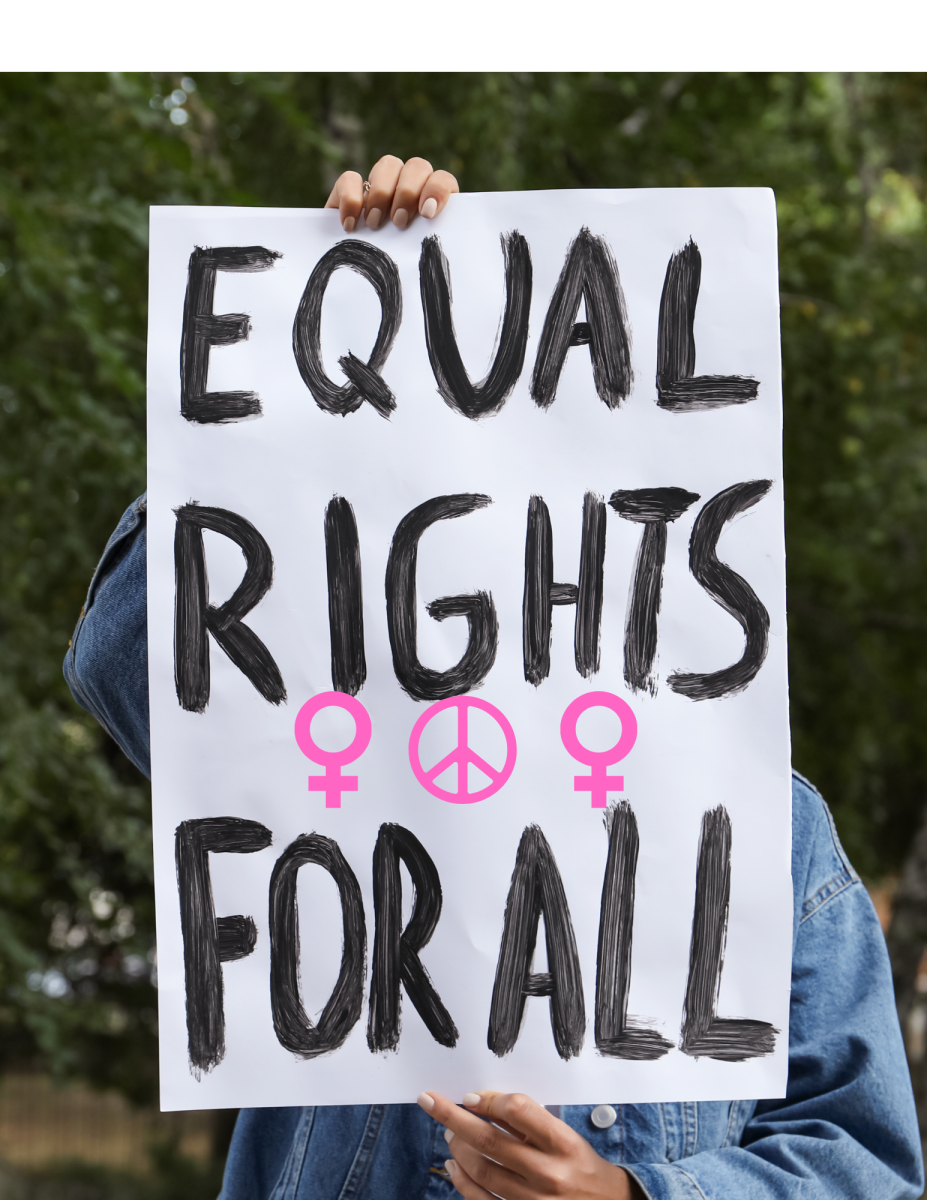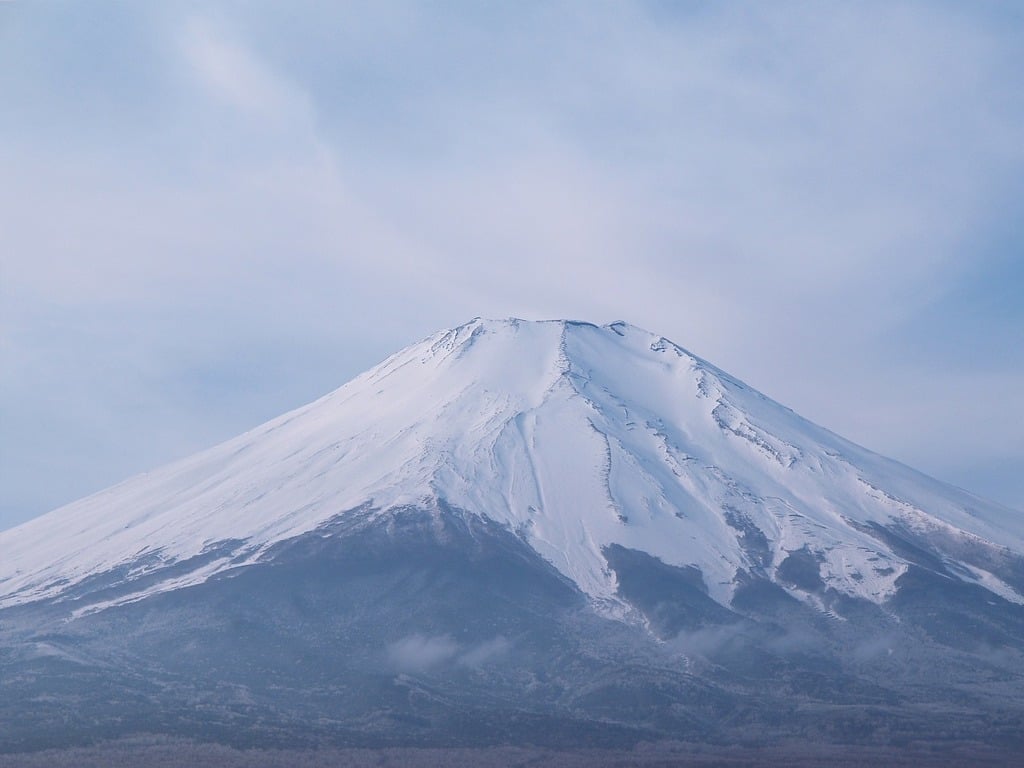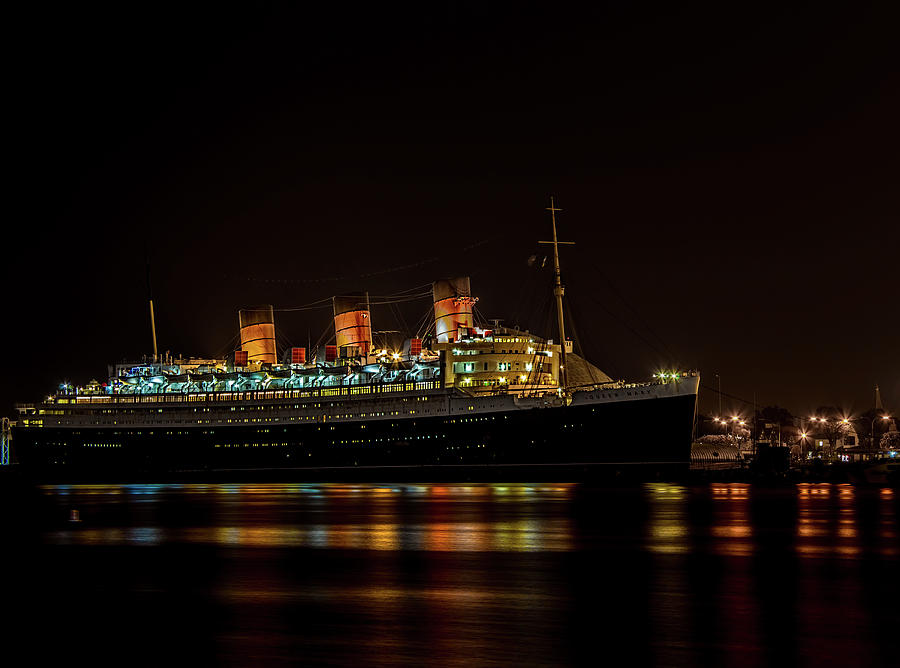When comparing the fashion styles between 1919 and 1980, it is apparent that they are completely different. It would be hard to believe that these styles were around in the same century. What inspired these major changes to men’s and women’s attire, specifically from the 50s to the 70s? And what types of clothing, shoes, accessories, and hairstyles were popular at that time?
1950’s:
—————————————————————————————————————–
The 50s were seen as a new beginning for the U.S. and other countries. Fashion became more glamorous than it had been before, and everyone wanted to move on from the war rations. “The world was in dire need of beauty and the fashion industry delivered—and then some,” said Vogue when talking about the postwar style.
Women’s Fashion:
Although Dior’s “new look” came out in the late 40s, the fashion stayed popular and influenced one of the main looks of the 50s. The look sported an exaggerated feminine silhouette. Waists were snatched, and hips were made to look bigger with tulle and crinolines.
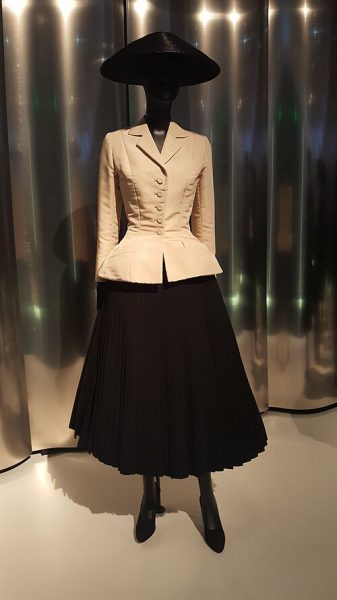
Half a decade after the new look debuted, Dior introduced a new silhouette: H-lines and Y-lines. The hemlines on dresses began to creep up, and skirts began to flare out. These dresses could be viewed as the catalyst that started the introduction of miniskirts, but, for the time being, designers had fun with the different styles of dresses that could be made.
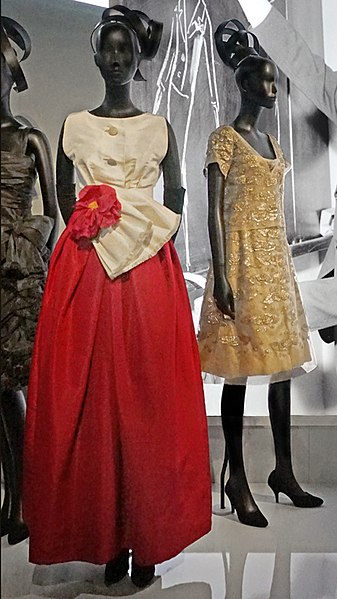
Stilettos were the most adored shoes of the time for women. These shoes, just like many other fashions of the time, were shown being worn by famous actresses on TV and in movies. Both men’s and women’s fashion were very much influenced by the famous people they could watch on their new television, which was rising in popularity. The 50s would be one of the first decades, but certainly not the last, to have their fashion strongly influenced by TV stars.
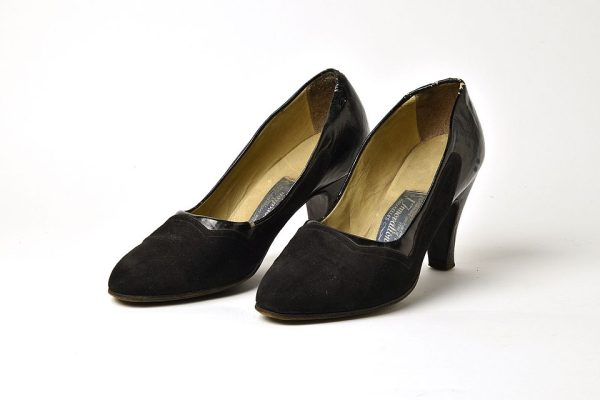
Men’s Fashion:
The 50s saw the resurgence of hats for men. While it was still fairly common to see fedoras and older styles of hats being worn, the popular styles for the 50s were straw hats and boaters. Prefered hairstyles at the time were the pompadour (think Elvis Presley), the jell-roll, and the slick-back. A youthful, masculine look was in demand at the time, so most men kept a clean-shaven face.
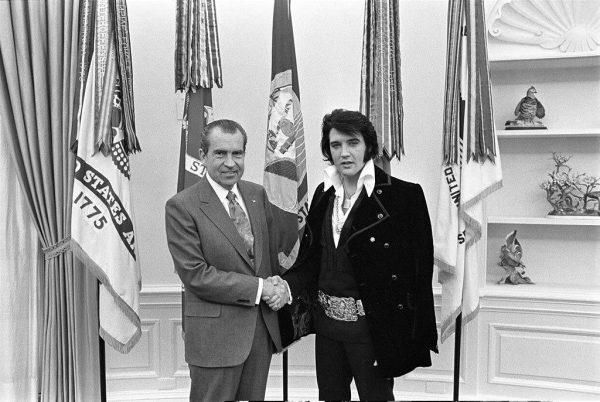
At the beginning of the decade, shirts were bold and colorful. By the end, they were softer with more pastel colors. Ties had bold colors, but it was becoming increasingly common to choose a suit without a tie. Casual clothing became even more popular than in the 40s due to the wonderful economy of the time. Men could afford more shirts other than just dress shirts.
The late 50s saw the rise of continental style, or the Roman-style suits. Pants hadn’t changed much since the 40s, but still had a wider cut than most men’s pants do today. Shorts came into men’s wardrobes more in the 50s. These garments feature bold patterns and even bolder colors.
1960’s
——————————————————————————————————————
One of the biggest shifts in fashion during the 20th century was between the 50s and 60s. At the beginning of the 60s, fashion still looked quite similar to what was known as the 50s style. The decade’s second half completely changed from conservative to rebellious and youthful. This new style still influences fashion today.
Women’s Fashion:
Never before in fashion history did skirts rise above the knee, but they did so in 1964, when the miniskirt debuted. Other brand-new fashion trends, such as fast fashion, started in the mid- to late 60s. This style included paper dresses made from cellulose and other hyper-trendy pieces made from synthetic fabrics.
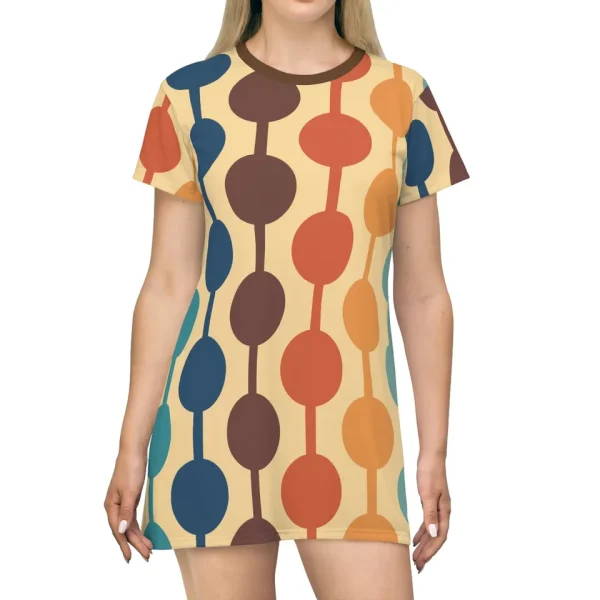
The beauty trends of this time also became bolder than they ever had before. Vidal Sassoon became one of the most admired hairstyles of the decade. This, along with other styles of the time, featured short, helmet-like hair. Vidal Sassoon differed from other haircuts in having an asymmetrical five-point cut.
In cosmetics, the technology of the time allowed for the mass production of various mascaras, shadows, and lipsticks. The sought-after makeup highlighted the eyes while keeping softer hues on the lips.
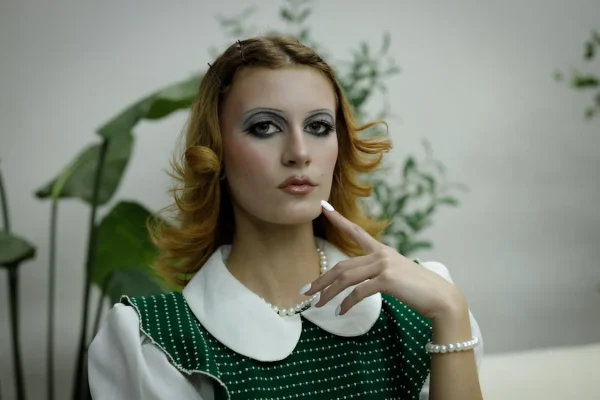
At the very end of the decade, the hippie movement took hold, and its fashion continued into the 70s.
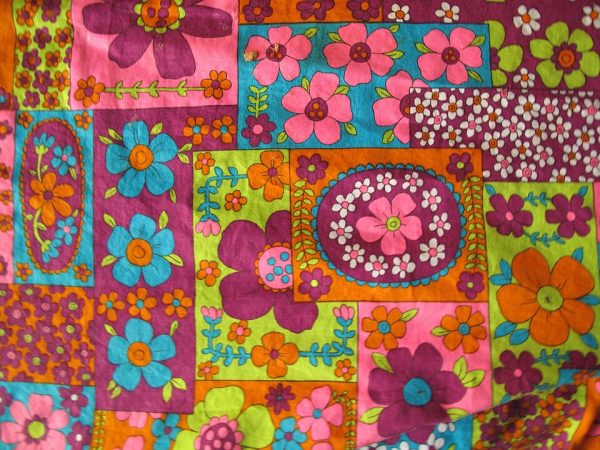
Men’s Fashion:
For men, shirts, ties, jackets, and other formal wear didn’t change as much from the 50s to the 60s. Casual wear, on the other hand, started having many different styles for men to choose from. The modernist style was one of them. Italian-styled cuts, which featured jackets were a part of this style. These jackets were a bit boxy, but the pants for these suits were tightly fitted.
For those who enjoyed a more relaxed look, the Bohemian style (also known as the flower power movement) contained just that. This style didn’t feature any specific styles of clothing, instead, clothing was meant to be “sticking it to the norm”. Greasers, like in the 50s, were also still around.
1970’s:
———————————————————————————————————–
“Though bold, 1970s fashion also possessed a featherweight touch,” Vogue summarized. 70s fashion was bold in patterns and never-before-seen styles, but the color scheme of the decade tended to be more neutral colors, such as soft, coppery tones.
Women’s Fashion:
At the beginning of the decade, hippie culture was still in full swing. For women, there were many different styles of what was considered to be hippie fashion. Some of these were simpler styles, such as the folksy style, and others were more high-class looks, such as prairie idyllic. Nevertheless, all the hippie styles, while some were more defiant than others, were considered romantic.
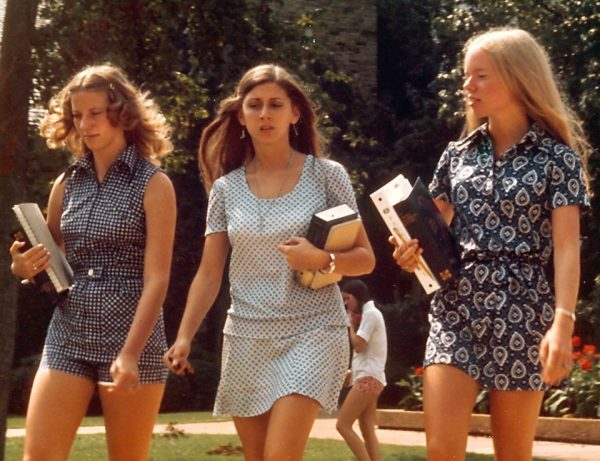
Soft sportswear that clung to women’s bodies to show it off launched into popularity. Many different types of sportswear were invented and loved by many. This includes: Ultrasuede separates and clingy jersey, whisper-thin satin slips and double-knit jersey suiting, stretch denim, and second-skin wrap dresses. Sportswear at the time wasn’t created for athletics, but easy-going, comfortable clothing for everyday wear.
Polyester and denim peaked, and lots of clothing was produced using these fabrics.
In the late 70s, music started to influence fashion. Disco dominated the music scene, and, for women, it meant spandex, slinky jerseys, halter-neck tops, and hot pants were all the rage for the disco enthusiasts. Punk music also influenced the fashion of the end of the decade. The punk look included purposely tattered dresses and intentional holes in pants, skirts, etc.
Men’s Fashion:
The one look that took over the decade for men was the polyester leisure suit. This suit was marketed for its comfort and low maintenance. The suit included a two-button blazer, a tight-fitting shirt, and flared pants.
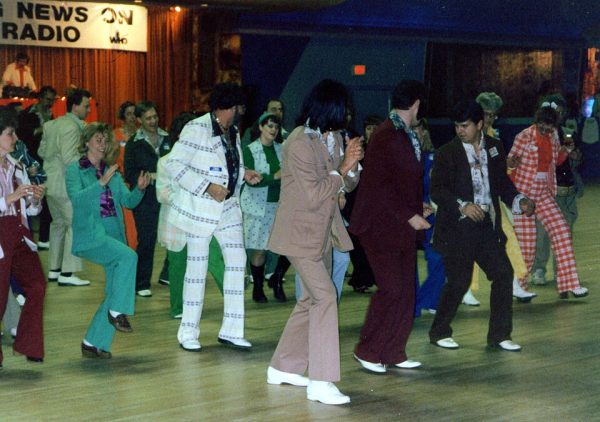
Men’s fashion, like women’s, was also influenced by music during the late 70s. The disco style for men included disco flairs and exaggerated, pointed lapels. For the punk look, it was the same as for women’s: tattered clothing with intentional holes in it.
———————————————————————————————————
“Fashion is not something that exists in dresses only. Fashion is in the sky, in the street, fashion has to do with ideas, the way we live, what is happening.” -Coco Chanel
Credit:
https://www.vogue.com/article/1950s-fashion-history-lesson
https://www.gentlemansgazette.com/what-men-wore-1950s/
https://www.vogue.com/article/1960s-fashion-history-lesson
https://www.gentlemansgazette.com/what-men-wore-1960s/
https://www.vogue.com/article/1970s-fashion-history-lesson
Photo Credit:
https://commons.wikimedia.org/wiki/File:Dior_denver_art1.jpg
https://picryl.com/media/photograph-of-richard-m-nixon-and-elvis-presley-at-the-white-house-a22d7e
https://www.pexels.com/photo/retro-28129318/
https://commons.wikimedia.org/wiki/File:Late_1960s_cotton_print_fabric.jpg
https://commons.wikimedia.org/wiki/File:1970sgirls.jpg
https://commons.wikimedia.org/wiki/File:LeisureSuitConvention4.jpg

